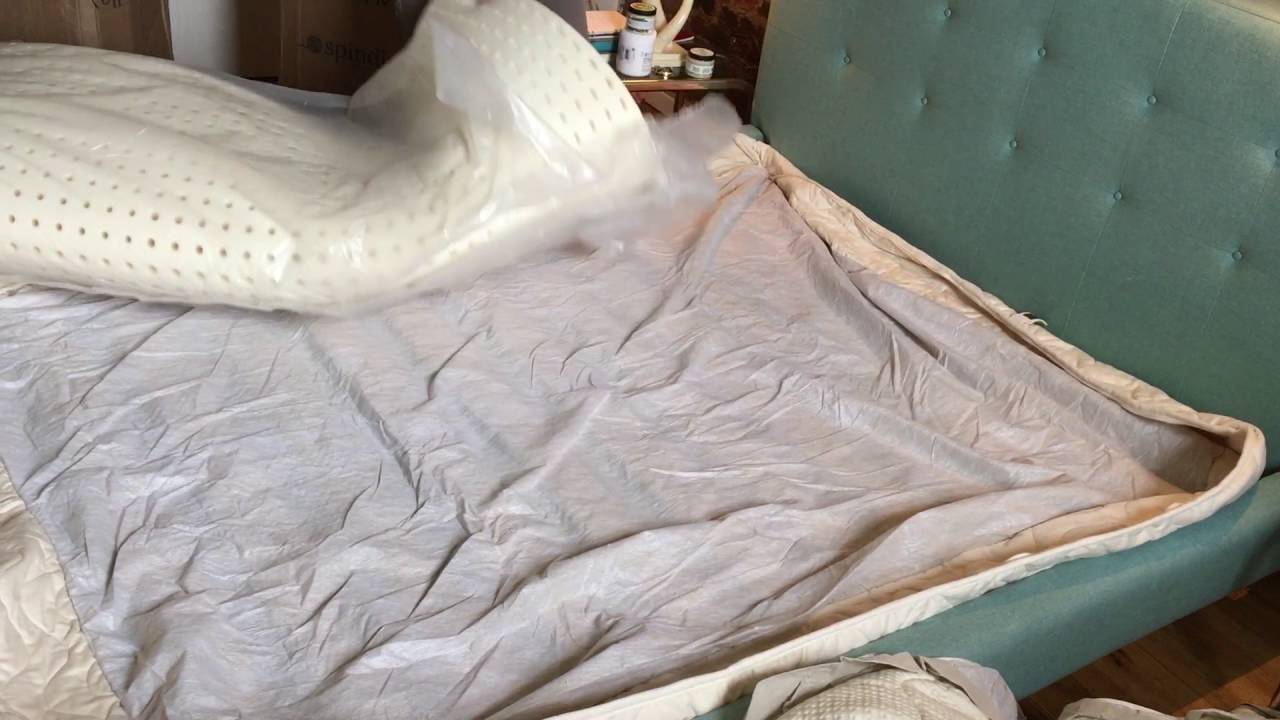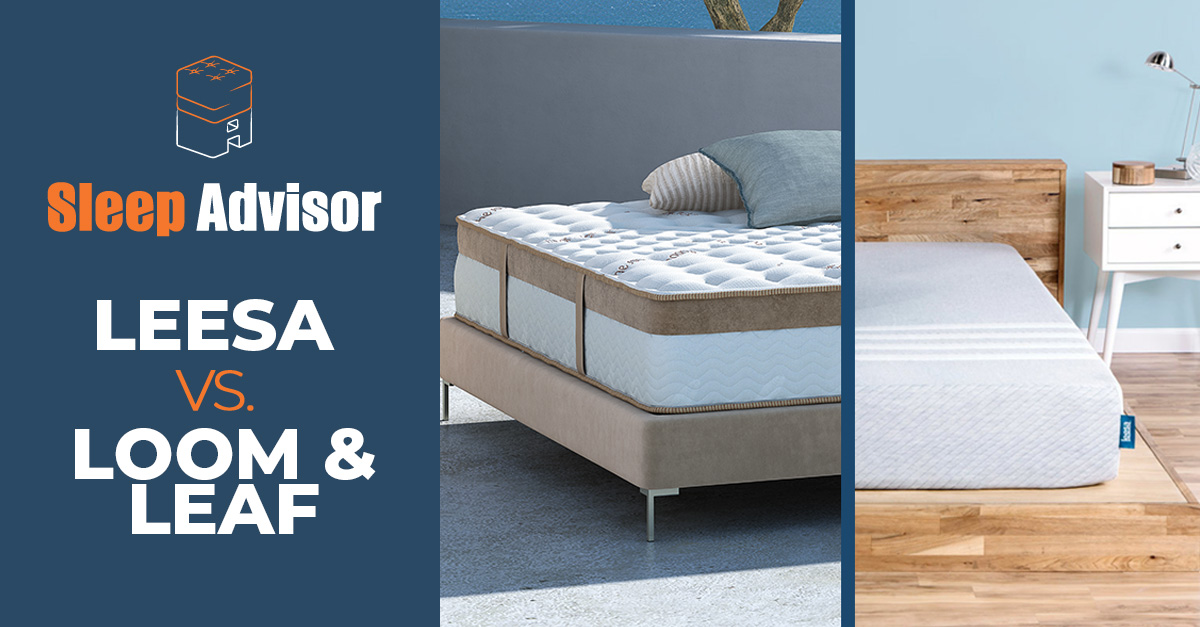

We hope we’ve answered your question, “what is sateen?” Now that you know what to expect, go ahead and explore your options.

On top of that, it’s machine-washable and may not require ironing. This material is suitable for cold sleepers, as it tends to be warmer and heavier than cotton. Its subtle sheen and silky finish offer a luxurious feel. High-quality sateen can be a good choice for bedsheets.

May cause allergic reactions: Sateen sheets that contain synthetic fibers are more likely to cause allergic reactions than cotton, linen, or silk.Less breathable: Sateen is less breathable than cotton and may increase sweating.For this reason, its shine may fade over time. Chemical finish: Some manufacturers use chemicals to enhance its color and finish.Many consumers who use sateen sheets have a hard time keeping them in place at night. Pills and snags: It also tends to pill and snag due to its silky texture.Generally, it’s not the best choice for hot sleepers. Trapped heat: This material drapes closely to the body and traps heat, causing discomfort during warm summer nights.Sateen, on the other hand, is made from staple fibers that are a few inches long. Satin sheets, dresses, and other products are made with filament fibers, such as silk or nylon. The main difference between the two is the type of fiber used. These materials have the same weave pattern - four threads over and one thread under. Sateen and satin share many similarities, including their silky feel and luxurious, shiny look. It’s the closest thing you can get to satin. This fabric comes in different weights and can be easily dyed, which allows manufacturers to use it in hundreds of products. Sateen is a popular choice for upholstery and curtains, too. The garments made from this fabric are suitable for both everyday wear and special occasions, notes Tissura. Some stores also sell sateen robes, pajamas, and women’s lingerie. However, this material has many other uses across various industries.įor example, you can buy dresses, blouses, or even jackets made from sateen. Nowadays, bedding stores offer a wide range of sateen products, from sheets and pillowcases to duvet covers. Note that sateen sheets tend to retain heat, which makes them suitable for cold sleepers. Many consumers choose it over other fabrics for its low maintenance and luxurious feel. Sateen isn’t cheap, but it often has a lower price than satin. Plus, it’s machine-washable and can be dyed or bleached. The material wrinkles less than satin and may not require ironing. The fibers are tightly woven, resulting in a high thread count.ĭepending on the brand, sateen products can be made from rayon, nylon, silk, or cotton blends. Manufacturers use short-staple spun yarns consisting of fibers with a staple length of 2.5″ or less. Premium sateen sheets and other bedding items are typically made from cotton.


 0 kommentar(er)
0 kommentar(er)
